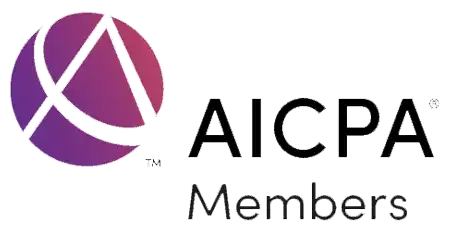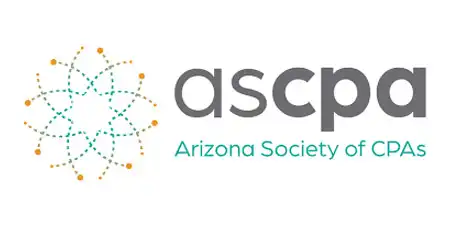Covid-19 Stimulus II: A Look at the Major Provisions
The $900 billion coronavirus relief bill that became law Sunday evening offers important benefits for most employers, small businesses and families. Here are some of the highlights.
STIMULUS PAYMENTS TO INDIVIDUALS AND FAMILIES
Households will receive a maximum of $600 per adult and $600 for each child. The payments start phasing out when 2019 individual adjusted gross income exceeds $75,000 ($150,000 for married couples filing jointly) or when head-of-household income exceeds $112,500. For individuals without dependent children, the payments go to zero when an individual’s AGI reaches $87,000 ($174,000 for married couples).
According to the Treasury Department, issuance of the $600 stimulus payments began on December 29.
PAYCHECK PROTECTION PROGRAM
For many business owners, self-employed persons, not-for-profit entities, etc., the second round of stimulus benefits includes $285 billion for a familiar friend, with the return of the Paycheck Protection Program (PPP).
Eligible Borrowers. New PPP loans are available to qualified first-time borrowers and borrowers that previously received a PPP loan. Previous borrowers must have used, or show that they will use, the full amount of their first PPP loan.
In contrast to the first round of PPP, round two benefits only privately owned (a) “small” borrowers (i.e., fewer than 300 employees per location) that (b) experienced revenue declines of more than 25% in the first, second or third quarter of 2020 (as compared to the same quarter in 2019). Borrowers that apply after December 31 can use their gross receipts from the fourth quarter of 2020.
For loans under $150,000, the application process has been simplified.
Public companies are not eligible, and neither are entities that are affiliated with entities in the People’s Republic of China.
Loan Amounts. The maximum loan is $2 million, and borrowers can choose an eight- or 24-week forgiveness period. As before, the loan calculation 2.5x payroll and payroll costs for the period chosen. (Eligible companies in the Accommodation and Food Services industry can use a 3.5x factor.)
Deductibility of PPP Forgiveness Expenses. This is a major benefit: Any expenses that you used in applying for forgiveness and that are normally tax-deductible are now also tax-deductible to the extent that tax laws otherwise allow.
Business costs that you can use to get forgiveness for your PPP loan (e.g., payroll, payroll-related expenses, rent, and mortgage interest) still apply and have been expanded to include:
- other costs of operations;
- some property damage costs, such as uninsured losses caused by public unrest;
- essential expenditures to a supplier pursuant to a contract, purchase order, etc.; and
- costs of protecting workers from Covid-19.
This is a partial list, and the expenditures described are subject to various restrictions not mentioned here.
The 60/40 cost allocation, between payroll and non-payroll costs, that has been required for receiving full forgiveness still applies.
The requirement to restore your full-time employees and salaries and wages to previous levels before the pandemic has been extended. Your loan forgiveness may still be reduced based on the number of employees and employee salary that fell more than 25%
OTHER FINANCIAL RELIEF
Among other provisions that provide Covid-19-related relief are the following:
- The Employee Retention Tax Credit has been extended to July 1, 2021. The credit rate is increased from 50% to 70% of qualified wages, eligibility is extended, and the limit on per-employee creditable wages is increased from $10,000 for the year to $10,000 for each quarter. (See a Forbes magazine article for more on the changes to this tax credit.)
- To help restaurants, the new law allows you to deduct 100% of your business meals provided by a restaurant during 2021 and 2022.
- For charitable givers, the above-the-line charitable contribution is extended through 2021 and is increased to $600 for those married filing jointly (the limit remains at $300 for other filers). This means taxpayers will be able to take the standard deduction and still deduct up to $600 in charitable giving when calculating their taxable income.
It almost goes without saying that a $900 billion piece of legislation cannot be adequately discussed in under a thousand words, but we hope that knowing about these highlights will help you in funding your business or organization in the coming months.




